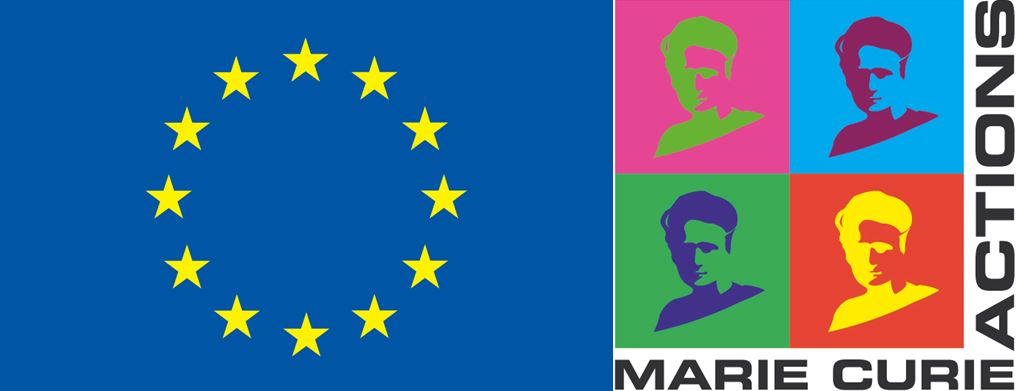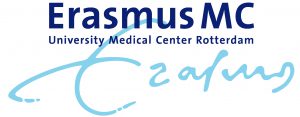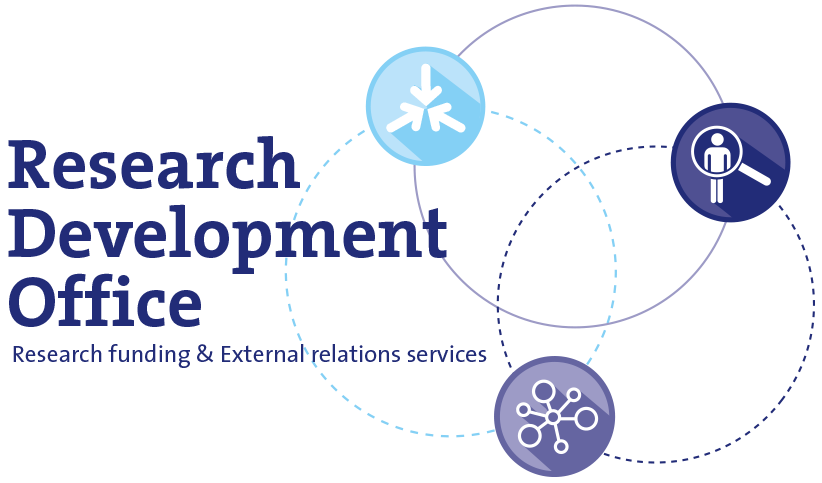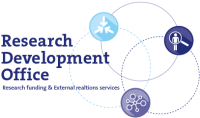Light-switchable proteins and Adhesion Micropatterns to Illuminate the Navigation machinery of Neurons

Project summary
Proper wiring of the nervous system during development relies on the ability of subsets of neurons to connect to targets at long distances, e.g. other neurons, muscles and glands. To accomplish this, a cell intrinsic navigation system that detects and interprets extrinsic signals, both repulsive and attractive ones, and acting at short as well as long distance, guides neuronal protrusions along complex trajectories. Defects in the neuronal navigation machinery add to various neurodevelopmental disorders that involve cell fate specification and/or behavior, such as Hirschsprung’s disease, Kallmann syndrome, split brain syndrome (DSBS), and has been associated with autism spectrum disorders (ASDs) and seizures and epilepsy. Neuronal pathfinding relies on a structure at the tip of the neurite, termed the growth cone, which detects gradients of guidance signals. Chemotactants trigger distinct signaling pathways that cause reorganization of the cytoskeleton, thereby promoting growth cone protrusion or collapse. This project aims to uncover how guidance signals trigger such opposing outcomes, by determining the precise composition of the navigation machinery during both chemo-attraction and repulsion, and through analyzing the spatial distribution and activity of the involved components within actively steering growth cones, through high-resolution microscopy, and optogenetic activation/perturbation strategies. This combinatorial approach will improve our understanding of neuronal guidance and associated disorders, and technologies developed in this project might aid in the improvement of brain-on-chip technology.
Impact
This study aims to improve our understanding of how nerve cells find their way, through proteomic analysis of the neuronal navigation machinery, and via advanced microscopy/optogenetics techniques to observe and control the activity of the navigation proteins involved. Methodology developed in this project might lead to new ways to control neuronal outgrowth, and contribute to the development of brain-on-chip technology.
More detailed information
Principal Investigator:
Dr. Jeffrey van Haren
Role Erasmus MC:
Coördinator
Department:
Cell Biology
Project website:
Funding Agency:
Horizon 2020/ Marie Sklodowska-Curie Individual Fellowship



